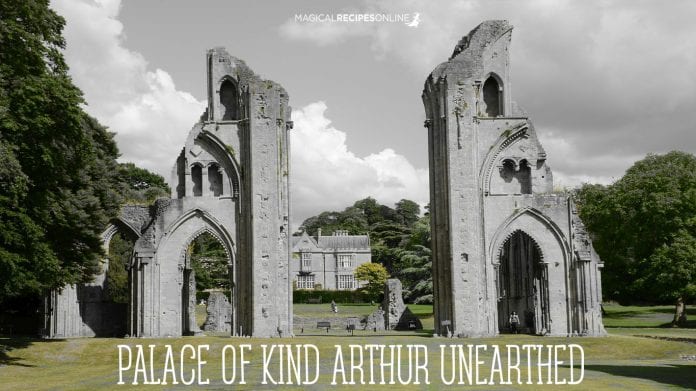Archaeologists at Tintagel discovered ancient walls and mysterious artefacts from Dark Ages period, complex enough to assume that it was likely to be inhabited by local kings
Over the centuries, the legendary tales of King Arthur, his wise wizard Merlin and the mysterious Morgana leFae, the romance of Lancelot and Guinevere, has gained a very important place in occult and wiccan teaching as well as in popular imagination and pop arts including many books, films, toons and artworks, even if evidence for their existence remains elusive.
There are many Covens who swear that have been guided by Merlin, Arthur or Morgana. There are thousands more who keep on looking for Excalibur. King Arthur is supposed to be a legendary British king (or just military leader) who, according to medieval histories and romances, led the defence of Britain against Saxon invaders in the late 5th and early 6th centuries AD based on historical sources including the Annales Cambriae, the Historia Brittonum, and the writings of Gildas. Arthur”s name also occurs in early poetic sources such as Gododdin”s.
Does this new archaelogical discovery add credibility to the history of King Arthur? Maybe! David Keys stated to the Independent, archaeologists are working to uncover a large palace with three-foot wide stone walls and flagstone floors in the area that Monmouth claimed was Arthur’s birthplace (or at least where he was conceived). The palace was likely built in the 6th century and is the most substantial structure from the dark ages uncovered in Britain to date.

the findings
It seem that the ones who inhabited the Palace was high in the Hierarchy and powerful enough. The researchers have strong evidence that they drank wine and ate olives and olive oil from Greece and the extended geographical area which now belongs to Turkey but back then was part of the Greek Civilization later formed as the Roman Empire or Byzantium. They drank from painted glass cups from France and ate off plates from North Africa. “It is showing there could indeed be some truth behind the earliest stories about King Arthur’s birth at Tintagel, If nothing else, it means the legend about where Arthur was born isn’t so fanciful after all and deserves further investigation. It is going to start a whole new line of investigation by historians.” Graham Phillips, author of The Lost Tomb of King Arthur stated to Tom Rowley and Nicola Harley at The Telegraph.

